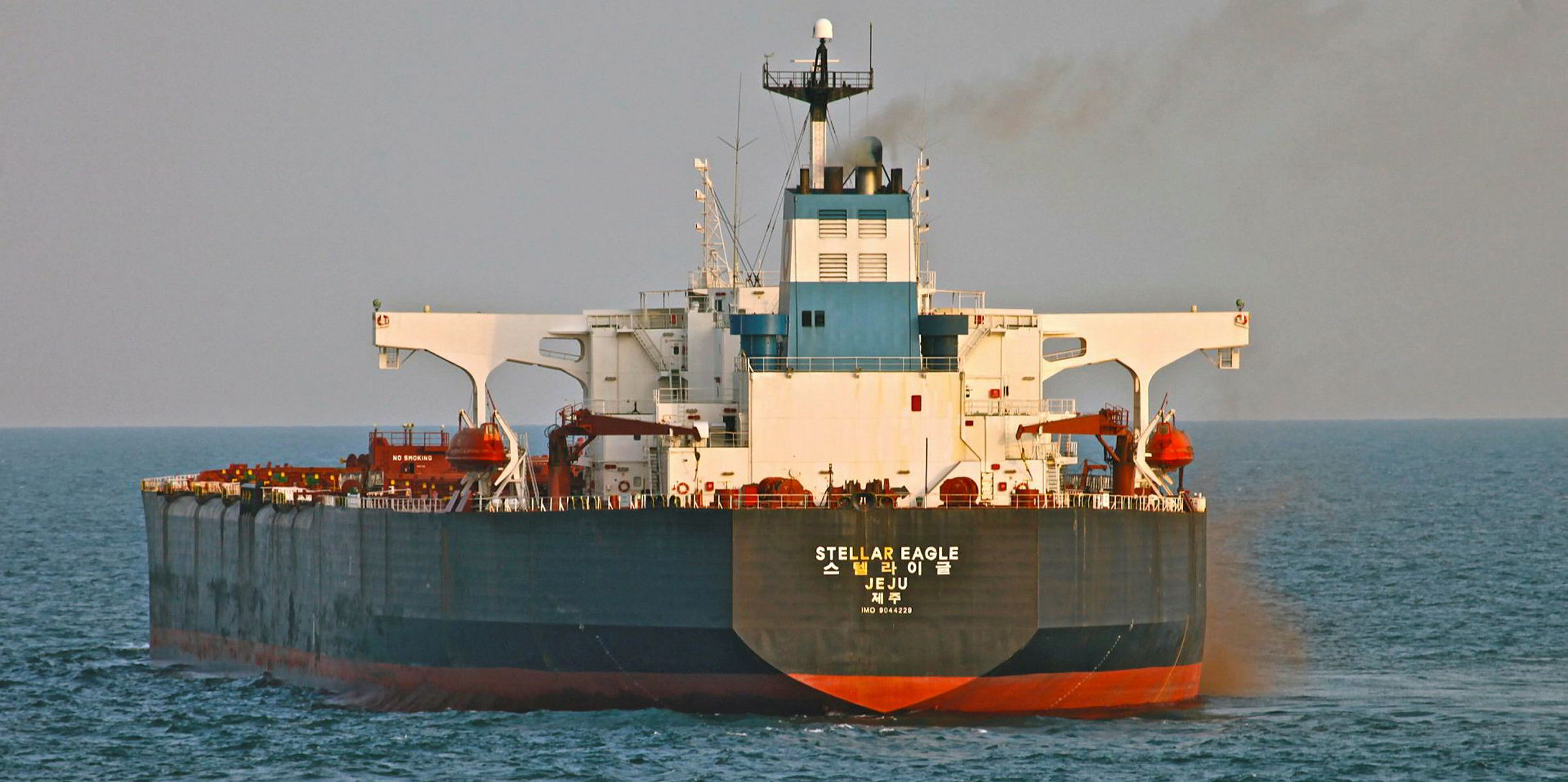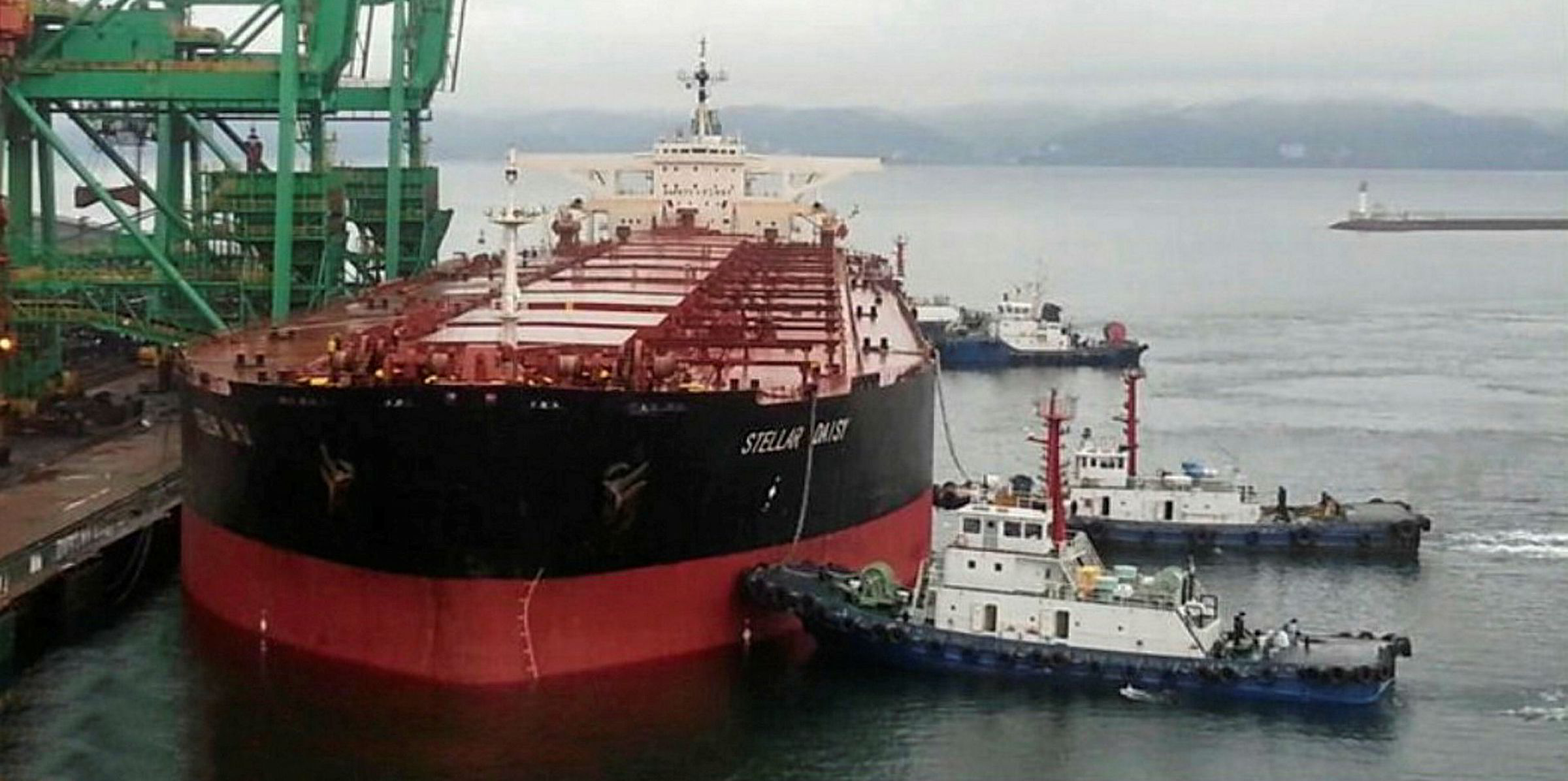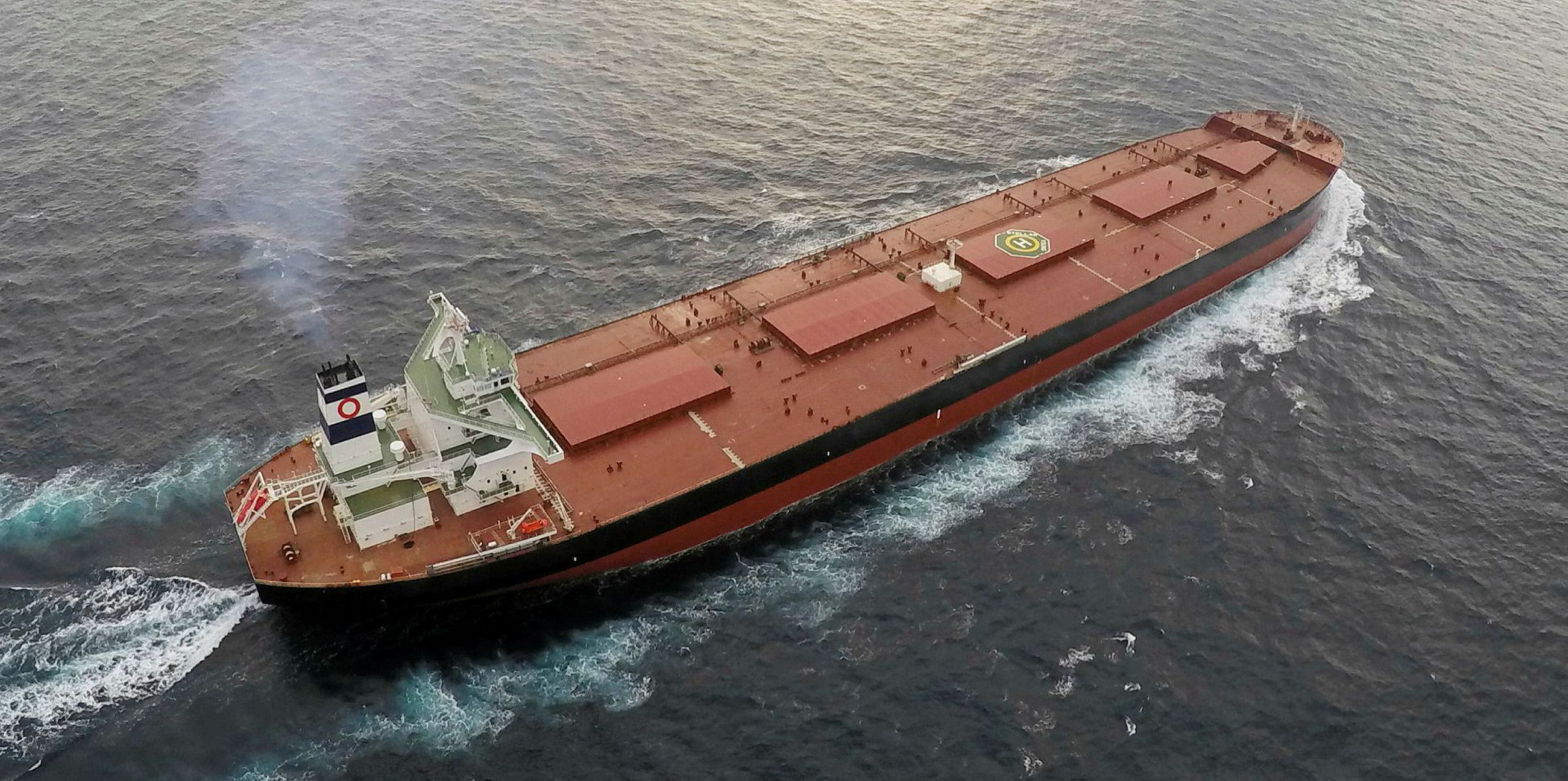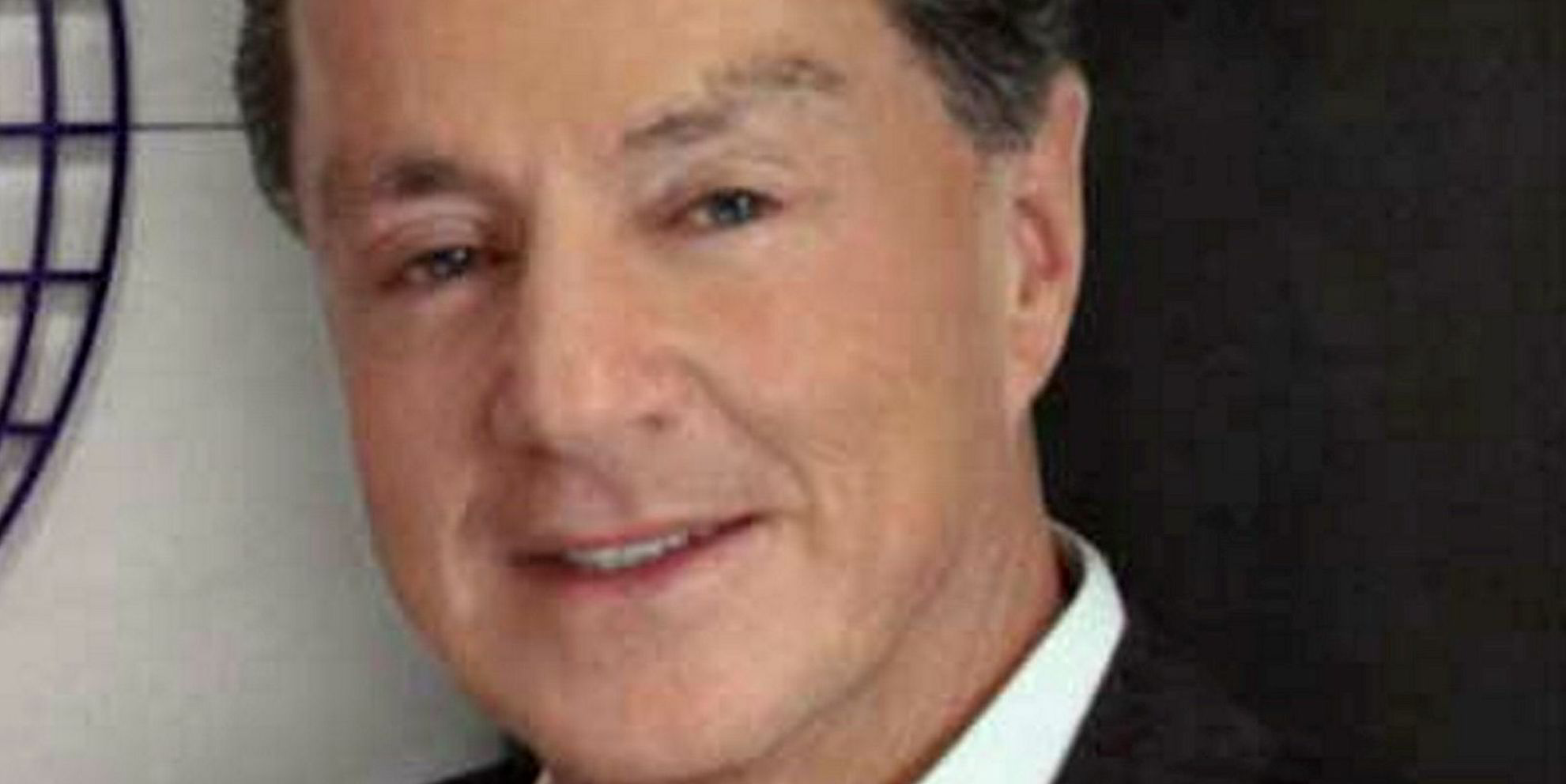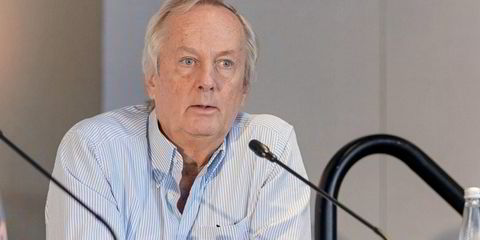Nearly half of the 10.1m dwt of dry bulk tonnage sent for demolition so far this year comprised VLOCs converted from VLCCs.
In its latest monthly report, UK shipbroker Simpson Spence Young (SSY) revealed conversions totalling 4.7m dwt have been scrapped since the beginning of the year.
Brazilian mining giant Vale announced in April that it was shedding up to 25 converted VLOCs from its operations, in a move described as a “new risk-management approach”.
High fuel costs due the International Maritime Organization's 2020 sulphur cap were said to be the driver for the plan, but other sources said the initiative was linked to safety concerns.
Last month, TradeWinds reported several scrap sales of converted VLOCs by Polaris Shipping, including the 278,000-dwt Stellar Eagle (built 1993) and 305,000-dwt Stellar Hermes (built 1994).
Capesize vessels accounted for another 3.5m dwt of bulkers scrapped so far this year. By comparison, there was just 1.9m dwt of sub-capesize demolitions.
Wider pool
“Scrapping has been curbed by a lack of interest from owners, alongside the coronavirus-related shutdown of yards on the Indian subcontinent earlier in the year when trading conditions were at their weakest,” SSY said.
SSY said future demolition candidates will need to come from a “wider pool of vessels” if the industry wants to see bulker demolition levels maintained or increased.
“There are only 18 VLCC-to-VLOC conversions still on the water, four of which have already been sold for scrap, and just 10.6m dwt of the capesize fleet as a whole aged 20 years or over,” it said. "By comparison, some 20.6m dwt of the panamax fleet is 20 years of age or older."
Scrapping has been curbed by a lack of interest from owners, alongside the coronavirus-related shutdown of yards on the Indian subcontinent earlier in the year
SSY
However, you have to go back to late 2017 for the most recent time there was any significant scrapping in the panama sector, according to SSY data.
On the supply side, bulker deliveries this year have seen the fleet expand by 3.4% against the 2.9% growth seen in the first nine months of last year.
The fastest increase was in the panamax fleet, which grew 4.8% driven by the strong pace of kamsarmax newbuilding deliveries and the almost complete absence of scrapping.
SSY said growth in the capesize and handymax fleets was slightly slower at a little over 3%, while expansion in the handysize fleet was “significantly weaker”.
Capesize additions — about 20m dwt — were said to have been driven by more than one vessel design, with heavy deliveries of newcastlemaxes and VLOCs.
SSY said the newcastlemax segment has seen 43 vessels delivered since the beginning of the year — which is a new yearly record for the segment — compared with a total of 28 last year.
VLOC deliveries consisted of two Valemaxes, taking the overall fleet to 66 vessels, and 16 guaibamaxes.
“The guaibamax fleet is one of the fastest-growing dry bulk fleet segments,” SSY said of the vessels that are exclusively employed on Brazilian iron-ore trades and are designed to replace the aged fleet of VLCC-to-VLOC conversions.
“Consisting of contract-backed vessels intended to serve on the Brazil-China iron-ore trades, this fleet has expanded from nine vessels at the end of 2019 to 25 at time of writing,” it said.
A further 25 guaibamaxes are due for delivery before the end of 2022.
Shrinking orderbook
However, SSY said uncertainty about the future regulatory environment “continues to cloud the outlook for the dry bulk carrier” fleet, discouraging newbuilding contracting.
Just 17.7m dwt of bulker tonnage has reportedly been contracted since the beginning of 2020 — the lowest for the nine-month period since 2016.
As a result, the dry bulk orderbook has shrunk to just 6.4% of the trading fleet. This compares with 7.5% a year ago.
However, SSY said the IMO’s rescheduled 75th Marine Environment Protection Committee meeting — MEPC 75 — in mid-November may “provide some clarity on the future regulatory environment as well as potentially driving renewed interest in new vessel designs and alternative fuels”.
